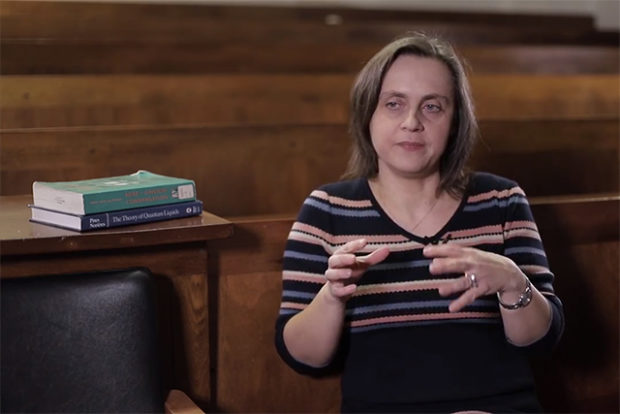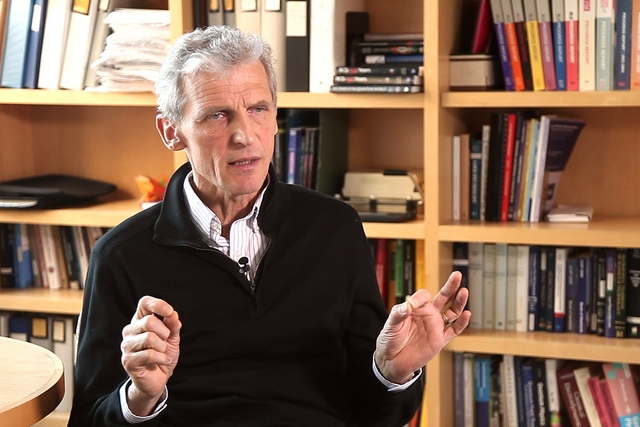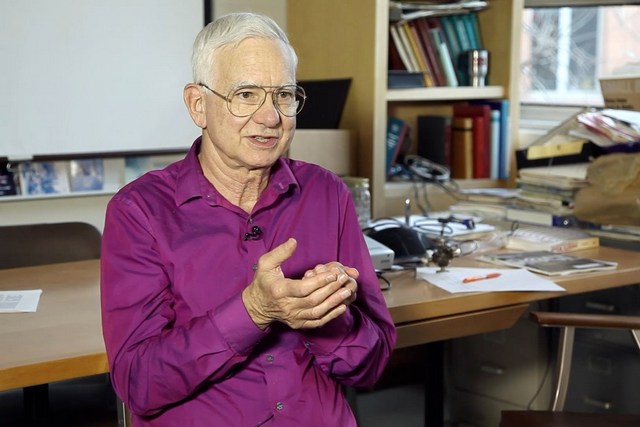Condenced Matter and Superconductivity
Physicist Cedric Weber on high-temperature superconductivity, the highest possible critical temperature, and Andrey Abrikosov
faq | August 9, 2018
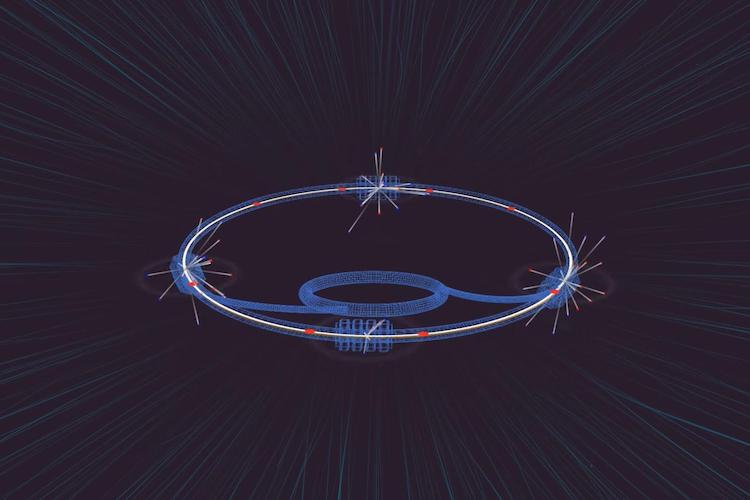
Discovery of Superconductivity
Superconductivity is the most surprising phenomenon, which has mostly been defined by the scope of physics of the 20th century. It all started at the beginning of the last century with a simple experiment. It was done by Heike Onnes, a physicist who was trying to cool down matter. He managed to cool it down to 9 K. At this point, people realized that by cooling down the material, you find new types of phenomena. A very simple phenomenon, which was observed at this point, was that the metallic state could be obtained without any resistivity.
It means that you take the materials, put a current into it, and that current flows with no resistivity. In the context of physics at the beginning of the 20th century, this was totally against expected phenomenology. By cooling down material, people would have expected to find a finite resistivity and some kind of dissipation in the material. So, this was a very surprising result. The legend says it was obtained by the Ph.D. student of Onnes, who actually conducted cooling down the material, which was mercury at that time. He actually fell asleep during the experiment overnight. When he woke up in the morning, he suddenly realized the resistivity was going down to 0 as an experiment kept going. This was the coldest place on Earth. This was also a breakthrough because people had a new phenomenon to explain.
At this point in history, people thought that they had understood everything in physics and only small corrections would be obtained in the future. This was a context of the Brownian motion, explained by Einstein. These were also the most exciting times because people realized that to understand superconductivity, you have to introduce completely new ideas and completely new concepts, which down the line, led to quantum physics and quantum technologies. Nowadays, we are still at the stage where we are using some of the breakthroughs made due to this discovery. So, it was a very important discovery. However, the understanding of superconductivity has not been achieved until nowadays. There is no clear general understanding of superconductivity in materials.Understanding of Superconductivity
Why is it so difficult to understand superconductivity? Because it requires an understanding of quantum physics. You have to deal with a low temperature and understand the behavior of electrons in the materials. It turns out that these electrons are not behaving the way they should. What we typically do in superconductors is couple two pairs. Electrons decide to form pairs, and instead of behaving as a single particle, an electron with a pair actually moves. Dynamics in the material is totally novel because the electrons are not moving alone; they are moving together, like two people dancing together.
An analogy, which is made sometimes, is to explain that if you are a single electron in the material, you will be like skiing down the hill, and you will be colliding against bumps as you keep going down. The idea of superconductivity is not just one skier going down the hill, but rather like one skier is above the slope and a mirror image of him is down the slope, and they are holding together. As they hit a bump, they stick together in a way they manage to avoid resistance induced by the bump.
Every material has small vibration, which introduces an interaction between electrons. What is happening in terms of physics is that electron actually generates an interaction between them, which comes from the small vibration of the lattice of the material. This interaction between electrons creates what we call Cooper pairs. Understanding this, of course, drew a huge motivation for experimentalists, chemists, and physicists to build new materials, which had this phenomenon, so we could use it in everyday life.
Research Challenge
What prevents us today from using this phenomenon, to have materials with no resistance? The bottleneck is that this phenomenon disappears at a given temperature. It only works if you cool things down enough. If you have a cold enough material, you find superconductivity. Depending on which materials you look at, this phenomenon survives up to some temperature. We call this critical temperature.
The big plan was to find new materials which have this phenomenon up to a temperature as high as possible, so you could use it in your car, in your fridge, or in any application. A big competition started to find any possible combinations of materials and find the highest possible critical temperature. People tried everything literally.
At some point, motivation went down because the highest temperature found was about 20 K. It is not a very high temperature; it is still very cold. To reach 20 K, you need to use helium liquid. Helium is a gas that is difficult to cool down. Moreover, it is expensive and very limited in terms of commercial application experiments. At some point, people stopped being interested in that and realized that it was the best they could do. That is how, after the 1960’s this field became a bit dormant, people didn’t know what to try until one day. In Switzerland, in Zurich, Bednorz and Müller found a very surprising way to obtain the best possible superconductor in a material. You don’t expect this kind of effect. They found superconductivity in ceramics.
Superconductivity in Ceramic
What is ceramic? It is the least possible conductor. It is not conducting anything. On the contrary, it is what you will use as the insulator to shield against temperature or electricity. So, they took the least possible conductor, changed its composition slightly, and found the best possible superconductor in history – a superconductor at a temperature of about 35 K, which was better than anything before.
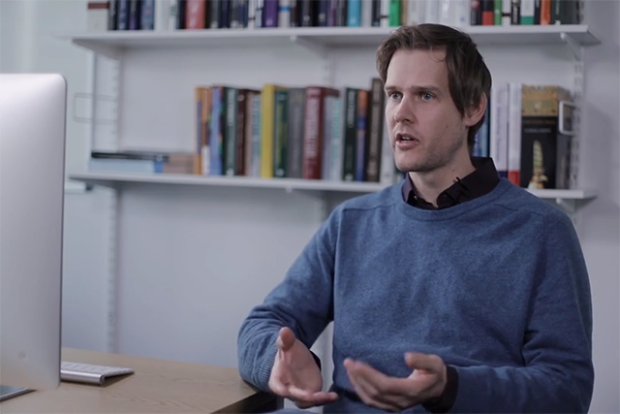
High-Temperature Superconductivity
Understanding this phenomenon was a big challenge. A Russian physicist, Andrey Abrikosov, was very prominent in that field at that time. Before the discovery of high-temperature superconductivity, he made some very clever predictions that in some range of materials with superconductors, we would get new types of possible effects. Essentially, the idea was that this superconductor would behave in a way that is halfway between a normal material and a superconductor. Abrikosov predicted that this material would allow an external magnetic field to penetrate into the material, but only in some regions, which he called vortices. He even found the distance between these vortices and the geometry of the vortices. For a long time, this was not observed experimentally until experiments based on scanning tunneling microscopy were done in the rest of the world (in Britain and the US). They actually realized confirmation of the very clever prediction made by Abrikosov. This is still called an Abrikosov lattice of magnetic flux lines going for a superconductor.
So, what are the big questions and challenges to understanding this material? Until nowadays, there is no full theory of high-temperature superconductivity. Today we are trying to solve a simple question: how can we get superconductivity without this competing phase – the magnetic phase? This is where we stand nowadays, and these are the challenges for the future to understand high-temperature superconductivity.











